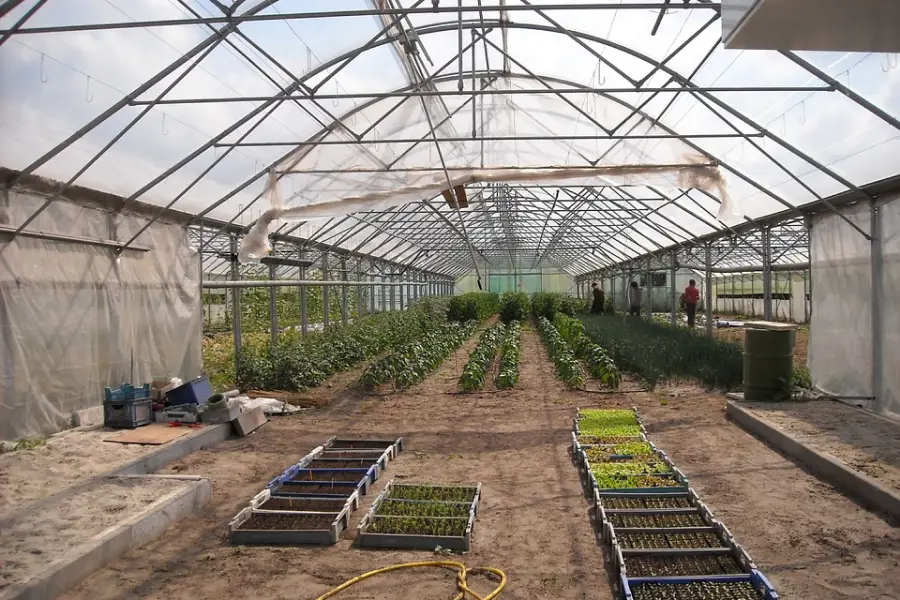This post may contain affiliate links. If you buy something from one of our links we may earn a commission. Thanks
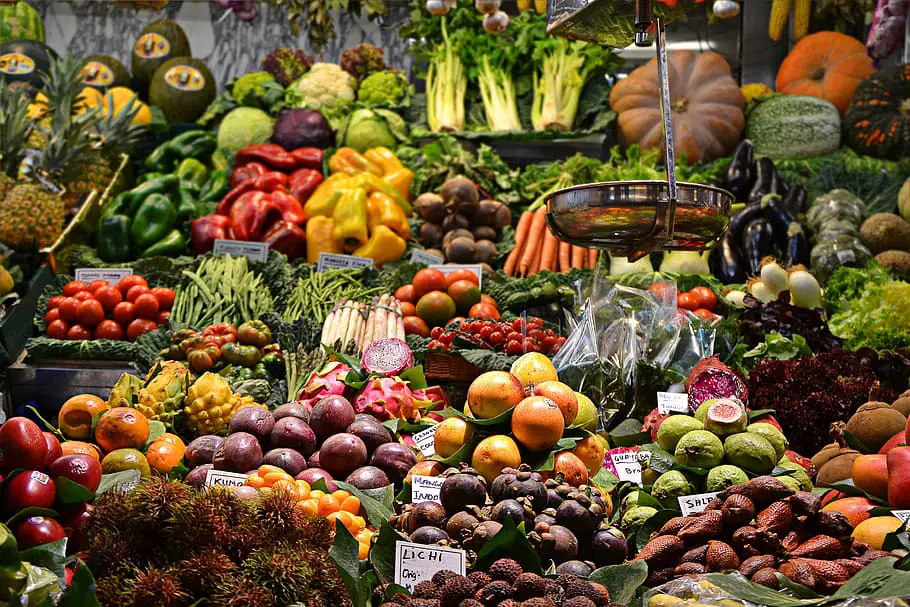
Explore the pressing issue of food insecurity in urban areas in our latest blog post. Uncover causes, impacts, and potential solutions in a friendly, easy-to-understand manner.
Ever walked through a bustling city and wondered about the unseen struggles? One such hidden challenge is food insecurity in urban areas.
It’s a complex issue, often tucked away behind the glittering skyline. But it’s real, and it’s affecting millions.
In this blog post, we’ll pull back the curtain on this urban dilemma, exploring its roots, its impact, and how we can all play a part in the solution.
So, let’s dive in and unravel this urban paradox together.
Food Insecurity in Urban Areas
Welcome to our deep dive into a pressing urban issue food insecurity in urban areas. It’s a topic that might not make the headlines as often as it should, but it’s a reality for many city dwellers.
In this post, we’ll be exploring what food insecurity really means, why it’s particularly prevalent in our cities, and the ripple effects it has on urban communities.
But we won’t stop at just outlining the problem. We’ll also be discussing potential solutions and strategies to combat this issue.
So, stick around as we navigate through this complex urban challenge together.
Definition of Food Insecurity
Let’s start with the basics. What exactly do we mean when we say food insecurity? Well, it’s more than just the occasional missed meal.
Food insecurity is a situation where a person or a household lacks consistent access to enough nutritious food for an active, healthy life.
It’s not just about quantity, but also quality. It’s about having the means to purchase fresh fruits, vegetables, and proteins, not just cheap, processed foods.
It’s a complex issue, deeply intertwined with socio-economic factors.
Brief Overview of Food Insecurity in Urban Areas
Now, when we talk about food insecurity, many people’s minds might dart to rural areas or developing countries.
But the reality is, food insecurity is a significant issue right in our bustling cities. Urban food insecurity might seem paradoxical given the abundance of food outlets in cities, but it’s a stark reality for many.
High living costs, income inequality, and lack of access to fresh, healthy food are just some of the factors contributing to this urban issue.
In this post, we’ll delve deeper into these factors and explore how they’re impacting our urban communities.
The State of Food Insecurity in Urban Areas
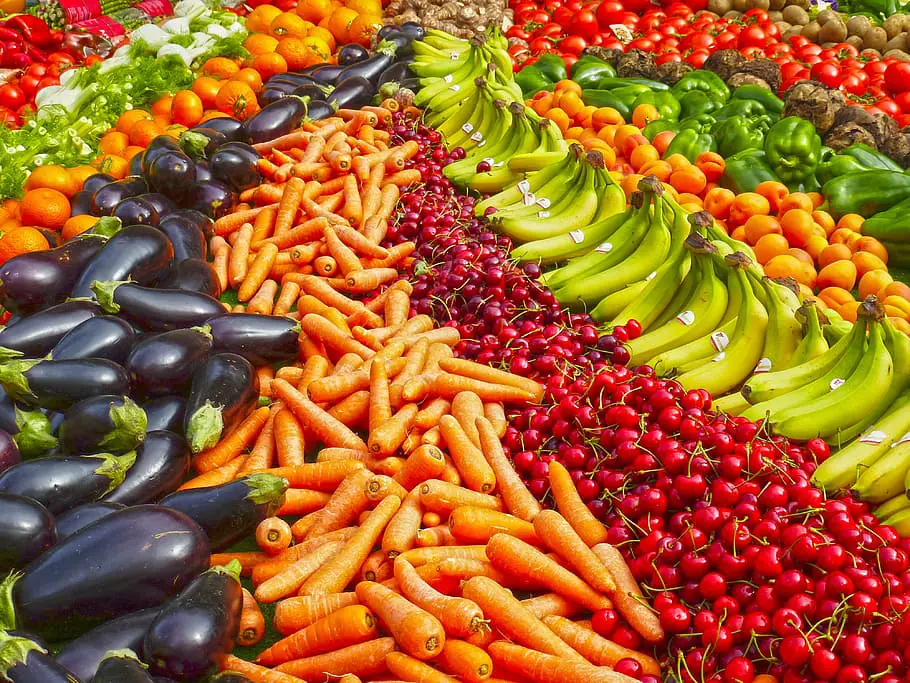
Let’s now turn our attention to the current state of food insecurity in urban areas.
It’s easy to be fooled by the hustle and bustle of city life, the endless rows of supermarkets, and the food delivery apps at our fingertips.
But behind this facade of abundance, there’s a hidden struggle. Many city dwellers are grappling with food insecurity, their stories often untold.
In this section, we’ll shed light on the reality of urban food insecurity, backed by hard-hitting statistics and real-life examples.
So, let’s take a closer look at what’s happening behind the scenes in our cities.
Statistics on Food Insecurity in Urban Areas
Let’s start with some numbers to paint a clearer picture. It might surprise you to know that in the United States alone, an estimated 35.2 million people, including 13.6 million children, experienced food insecurity in 2019.
And a significant portion of this number is concentrated in urban areas. Cities, with their high cost of living and income disparities, often have higher rates of food insecurity than the national average.
These statistics are a stark reminder that food insecurity is not a distant problem, but one that’s unfolding in our cities.
Comparison of Food Insecurity in Urban and Rural Areas
Now, you might be wondering, how does urban food insecurity compare to rural areas?
It’s a common misconception that food insecurity is primarily a rural issue. While it’s true that rural areas face their own unique challenges, urban areas are not immune.
In fact, the concentration of poverty in urban areas can often exacerbate food insecurity.
The high cost of living in cities, coupled with limited access to fresh, affordable food in many urban neighborhoods, creates a unique set of challenges.
So, while the contexts may differ, the struggle against food insecurity is very much a shared one, both in our cities and the countryside.
Factors Contributing to Food Insecurity in Urban Areas

As we delve deeper into the issue of food insecurity in urban areas, it’s important to understand the factors that contribute to this problem.
It’s not just about the availability of food. There’s a complex web of factors at play here, from economic conditions to social disparities.
In this section, we’ll unpack these factors one by one, shedding light on why food insecurity is such a persistent issue in our cities.
So, let’s roll up our sleeves and dive into the underlying causes of urban food insecurity.
Socioeconomic Factors
First up, let’s talk about socioeconomic factors. These are major drivers of food insecurity in urban areas.
Factors like unemployment, low wages, and high living costs can make it difficult for individuals and families to afford nutritious food consistently.
It’s not just about having food outlets nearby; it’s about having the financial means to access them.
Dependence on Cash Economy
Next, let’s consider the dependence on the cash economy.
In urban areas, almost everything requires cash, from rent and utilities to transportation and, of course, food.
This dependence on cash can exacerbate food insecurity, especially for those with unstable incomes or those living paycheck to paycheck.
When money is tight, food budgets are often the first to be cut.
Inequalities in Urban Areas
Inequalities in urban areas also play a significant role in food insecurity.
These inequalities can be seen in the distribution of income, access to services, and even the availability of healthy food options.
For instance, some neighborhoods might be bustling with supermarkets and farmers’ markets, while others are food deserts with limited access to fresh, affordable food.
The Role of the Urban Food Environment
Lastly, we can’t overlook the role of the urban food environment. This refers to the types of food that are available and accessible in a city.
In many urban areas, fast food outlets and convenience stores far outnumber supermarkets or farmers’ markets.
This can make it more difficult for residents to access fresh, nutritious food, contributing to higher levels of food insecurity.
The Impact of Food Insecurity in Urban Areas
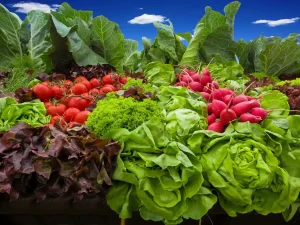
Having explored the factors contributing to food insecurity in urban areas, it’s time to turn our attention to the impact.
The effects of food insecurity are far-reaching, touching every aspect of life from health to education.
In this section, we’ll delve into the profound ways in which food insecurity can shape the lives of individuals and communities in urban areas.
So, let’s take a moment to understand why this issue deserves our attention and action.
Health and Nutrition Challenges
Let’s start with the most immediate impact of food insecurity, health and nutrition challenges.
When individuals and families can’t consistently access nutritious food, it can lead to a range of health issues.
These can include malnutrition, obesity (yes, paradoxically, food insecurity can lead to obesity due to reliance on cheap, calorie-dense foods), and weakened immune systems.
It’s a ripple effect – poor nutrition can lead to poor health, which can then affect everything from work productivity to quality of life.
Impact on Children’s Nutrition, Health, and Cognitive Development
The impact of food insecurity is particularly profound on children. Kids who don’t get enough nutritious food can face a host of problems.
These can range from physical issues, like stunted growth and weakened immune systems, to cognitive and behavioral challenges.
Studies have shown that food-insecure children are more likely to struggle academically and have difficulty focusing in school.
It’s a stark reminder that food insecurity doesn’t just affect the present, but also the future.
The Risk of Diet-Related Non-Communicable Diseases
Lastly, let’s talk about the risk of diet-related non-communicable diseases.
When people can’t access fresh, nutritious food, they often turn to processed foods that are high in sugar, salt, and unhealthy fats.
Over time, this can increase the risk of diseases like diabetes, heart disease, and certain types of cancer.
It’s a long-term impact of food insecurity that can strain not just individuals, but also healthcare systems.
Addressing Food Insecurity in Urban Areas
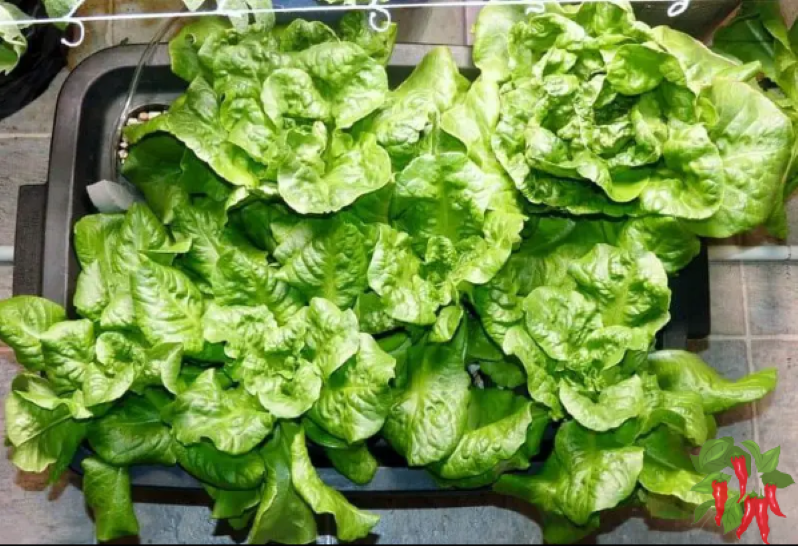
Now that we’ve explored the causes and impacts of food insecurity in urban areas, let’s shift our focus to solutions.
Addressing food insecurity is no small task. It requires concerted efforts from individuals, communities, and policymakers.
But the good news is, there are strategies and approaches that can make a difference.
In this section, we’ll explore some of these potential solutions, discussing how we can tackle food insecurity and create healthier, more equitable urban food environments.
So, let’s roll up our sleeves and explore how we can turn the tide on urban food insecurity.
Importance of Tailored Programs and Policies
Firstly, addressing food insecurity in urban areas requires tailored programs and policies.
This means understanding the unique challenges of each urban area and creating solutions that address these specific issues.
It could involve implementing policies that increase the minimum wage, provide affordable housing, or improve public transportation to make it easier for residents to access food outlets.
Leveraging Food Systems to Increase Availability, Access, and Affordability of Nutritious Foods
Next, we need to leverage our food systems to increase the availability, access, and affordability of nutritious foods.
This could involve supporting local farmers’ markets, encouraging supermarkets to stock healthier options, or even implementing policies that make nutritious foods more affordable.
The Role of Social Safety Nets
Social safety nets also play a crucial role in addressing food insecurity.
Programs like food stamps, school meal programs, and food banks can provide a lifeline for those struggling with food insecurity.
These programs can provide immediate relief, but they also need to be paired with long-term solutions to address the root causes of food insecurity.
Education Campaigns and Access to Services
Education is another powerful tool in the fight against food insecurity.
Education campaigns can raise awareness about the issue, promote healthy eating habits, and provide information about available resources.
Access to services, such as nutrition counseling and cooking classes, can also help individuals and families make healthier food choices.
The Role of Urban Gardens and Farms
Finally, urban gardens and farms can play a significant role in addressing food insecurity.
These initiatives not only provide fresh, local produce, but they also create community spaces, promote healthy eating, and can even provide job opportunities.
They’re a testament to the power of local, community-driven solutions in addressing complex issues like food insecurity.
FAQs on Food Insecurity in Urban Areas
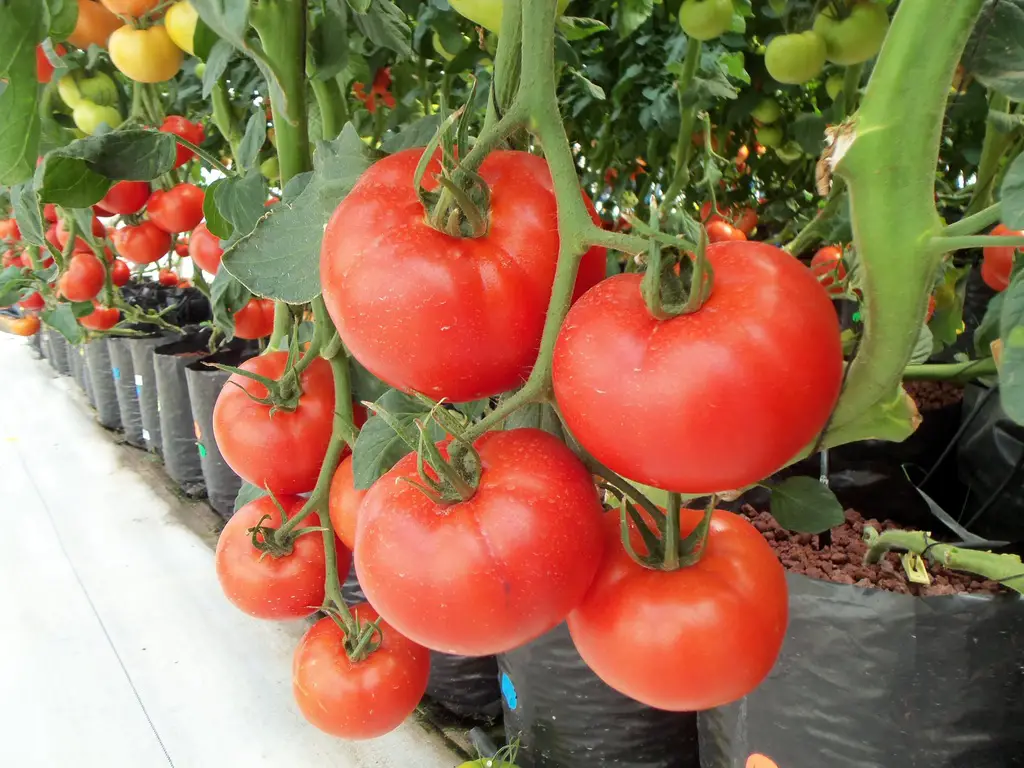
As we navigate through the complexities of food insecurity in urban areas, it’s natural to have questions.
In fact, it’s through asking questions that we deepen our understanding and spark conversations that can lead to change.
In this section, we’ll tackle some of the most frequently asked questions about urban food insecurity.
From defining the issue to exploring its causes and solutions, we’ll provide clear, concise answers to help you better understand this pressing urban challenge.
So, let’s dive into these FAQs and continue our journey of learning and discovery.
Q: What is food insecurity?
A: Food insecurity is a situation where a person or a household lacks consistent access to enough nutritious food for an active, healthy life.
It’s not just about the quantity of food, but also its quality, and the ability to choose the kind of food one wants to eat.
Q: How does food insecurity impact urban areas?
A: Food insecurity in urban areas can have wide-ranging impacts. It can lead to health and nutrition challenges, contribute to the cycle of poverty, and even affect children’s academic performance.
It’s a complex issue that touches on many aspects of urban life, from economic conditions to the availability of healthy food options.
Q: What are the main causes of food insecurity in urban areas?
A: The causes of food insecurity in urban areas are multifaceted.
They include socioeconomic factors like poverty and unemployment, dependence on the cash economy, inequalities in access to services and resources, and the nature of the urban food environment, which often favors fast food outlets over fresh produce markets.
Q: What can be done to address food insecurity in urban areas
A: Addressing food insecurity in urban areas requires a combination of strategies.
These include implementing tailored programs and policies, leveraging food systems to increase the availability of nutritious foods, strengthening social safety nets, running education campaigns, and promoting initiatives like urban gardens and farms.
It’s about creating a more equitable food system that ensures everyone has access to nutritious food.
Conclusion: Food Insecurity in Urban Area

As we wrap up our exploration of food insecurity in urban areas, it’s time to reflect on what we’ve learned and consider our next steps.
This issue might seem daunting, but remember, every big challenge presents an opportunity for change.
In this concluding section, we’ll recap the key points we’ve discussed and consider how each of us can contribute to the solution.
So, let’s take a moment to reflect and envision a future where everyone in our cities has access to the nutritious food they need to thrive.
Recap of the Main Points
Let’s take a moment to revisit what we’ve learned.
We started by defining food insecurity and understanding its prevalence in urban areas. We then delved into the factors contributing to this issue, from socioeconomic conditions to the nature of the urban food environment.
We also explored the impacts of food insecurity, touching on health challenges, the effects on children, and the risk of diet-related diseases.
Finally, we discussed potential solutions, from tailored policies and leveraging food systems, to the role of social safety nets and urban gardens.
Call to Action or Final Thoughts
As we conclude, it’s clear that food insecurity in urban areas is a complex issue that requires our attention.
But it’s also an issue that we can tackle together. Whether it’s supporting local food initiatives, advocating for better policies, or simply raising awareness about the issue, each of us can play a part.
So, let’s take what we’ve learned and use it to fuel action. Because everyone, no matter where they live, should have access to the nutritious food they need to lead a healthy, active life.





